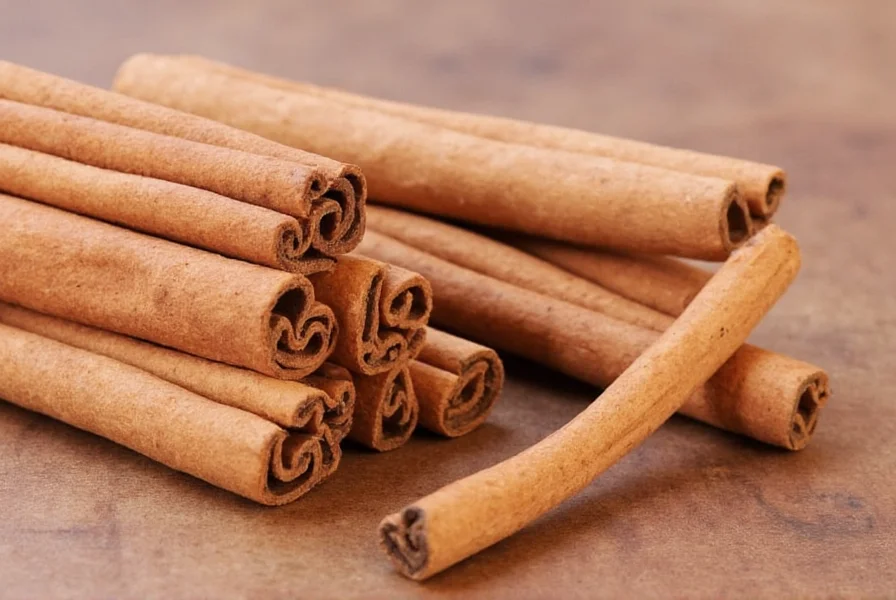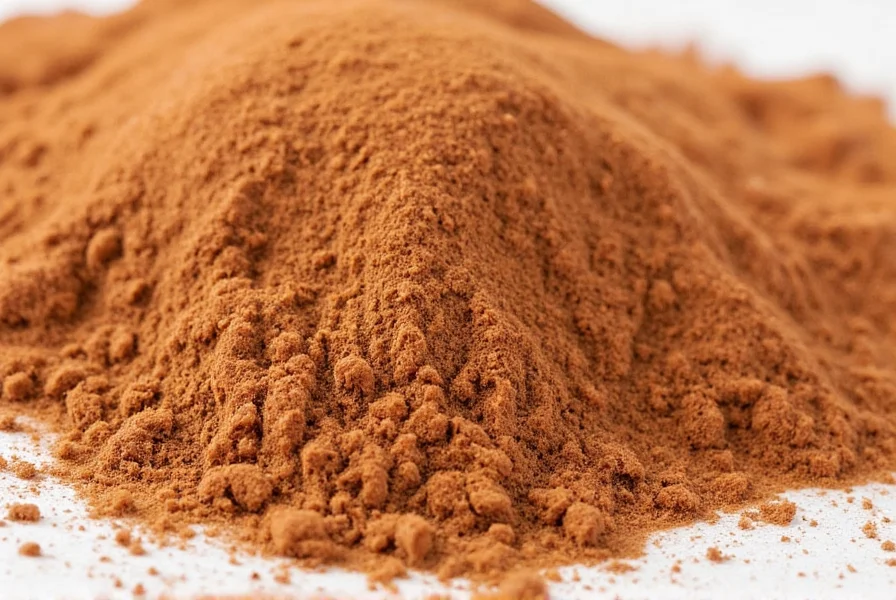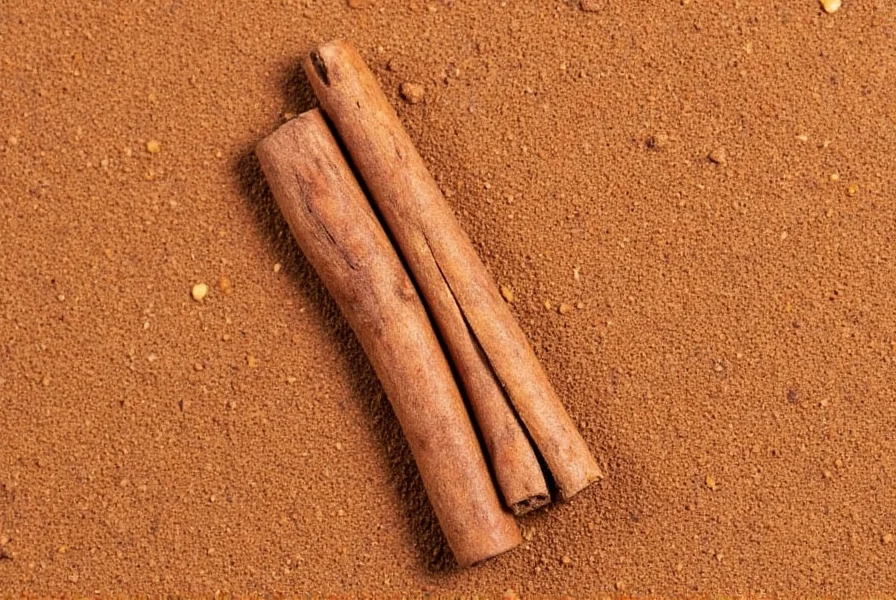Understanding cinnamon's shelf life helps you maximize both flavor and safety in your cooking. Unlike perishable foods that can become dangerous when expired, spices like cinnamon undergo a gradual decline in quality rather than sudden spoilage. This comprehensive guide explains exactly what happens to cinnamon over time, how to recognize when it's past its prime, and practical storage techniques to extend its usable life.
How Cinnamon Degrades Over Time
Cinnamon contains volatile oils that give it its distinctive flavor and aroma. These compounds slowly evaporate and break down when exposed to air, light, and heat. The degradation process affects cinnamon differently based on its form:
| Cinnamon Type | Pantry Shelf Life | Peak Flavor Duration | Maximum Usable Life |
|---|---|---|---|
| Ground Cinnamon | 1-2 years | 6-12 months | 2-3 years |
| Cinnamon Sticks (Quills) | 3-4 years | 2-3 years | 4-5 years |
| Refrigerated (properly sealed) | 2-3 years | 1-2 years | 3-4 years |
| Frozen (properly sealed) | Indefinite | 2-3 years | 5+ years |
Signs Your Cinnamon Has Lost Quality
While cinnamon rarely becomes unsafe, it definitely loses its culinary value over time. Look for these indicators that your cinnamon has passed its prime:
- Faded aroma - Fresh cinnamon should have a strong, sweet scent. If you need to deeply inhale to detect any fragrance, it's lost potency
- Color changes - Ground cinnamon should be reddish-brown. Significant lightening indicates oxidation and flavor loss
- Clumping - Moisture exposure causes ground cinnamon to form hard clumps, signaling potential quality issues
- Flavor test - Taste a small amount. If the characteristic warmth and sweetness are muted, it's past peak quality
- Mold presence - Any visible fuzzy growth means immediate disposal (rare but possible with moisture exposure)

Proper Cinnamon Storage Techniques
Maximize your cinnamon's shelf life with these evidence-based storage methods:
Store cinnamon in an airtight container away from heat sources and direct light. Glass jars with tight-sealing lids work better than plastic containers, which can absorb odors and allow gradual air exchange. The ideal storage temperature ranges between 50-70°F (10-21°C) with low humidity.
For extended storage, consider these options:
- Freezing method - Place cinnamon in a vacuum-sealed bag or double-contained in airtight containers to prevent freezer burn and odor absorption
- Oxygen absorbers - Adding food-safe oxygen absorbers to storage containers significantly slows flavor degradation
- Whole versus ground - Keep cinnamon sticks intact until needed, as breaking them accelerates flavor loss
Is Expired Cinnamon Safe to Consume?
Cinnamon's low moisture content makes it resistant to bacterial growth, so properly stored cinnamon remains safe indefinitely from a food safety perspective. The primary concern with aged cinnamon is diminished flavor rather than safety risks.
Discard cinnamon immediately if you notice:
- Visible mold growth (white, green, or black fuzzy patches)
- Musty or sour odors (fresh cinnamon should never smell unpleasant)
- Signs of insect infestation (webs, larvae, or adult insects)
- Excessive moisture or clumping that doesn't break apart
When in doubt about cinnamon safety, remember this rule: if it looks, smells, and tastes normal, it's almost certainly safe to use, though the flavor may be weaker than fresh cinnamon.
Maximizing Flavor from Aged Cinnamon
If your cinnamon has lost some potency but remains safe, try these techniques to maximize remaining flavor:
- Use slightly larger quantities in recipes to compensate for flavor loss
- Add cinnamon earlier in the cooking process to allow more time for flavor extraction
- Toast ground cinnamon in a dry pan for 30-60 seconds to temporarily revive some aroma
- Combine with complementary spices like nutmeg or cardamom to create more complex flavor profiles

When to Replace Your Cinnamon
Consider replacing your cinnamon when:
- It fails the sniff test (little to no detectable aroma)
- Recipes noticeably lack the expected cinnamon flavor
- It's been stored for more than 2 years (ground) or 4 years (sticks) under typical pantry conditions
- You notice any signs of moisture damage or contamination
For the most accurate assessment, compare your existing cinnamon with a fresh sample. The difference in color intensity and aroma strength will be immediately apparent.











 浙公网安备
33010002000092号
浙公网安备
33010002000092号 浙B2-20120091-4
浙B2-20120091-4